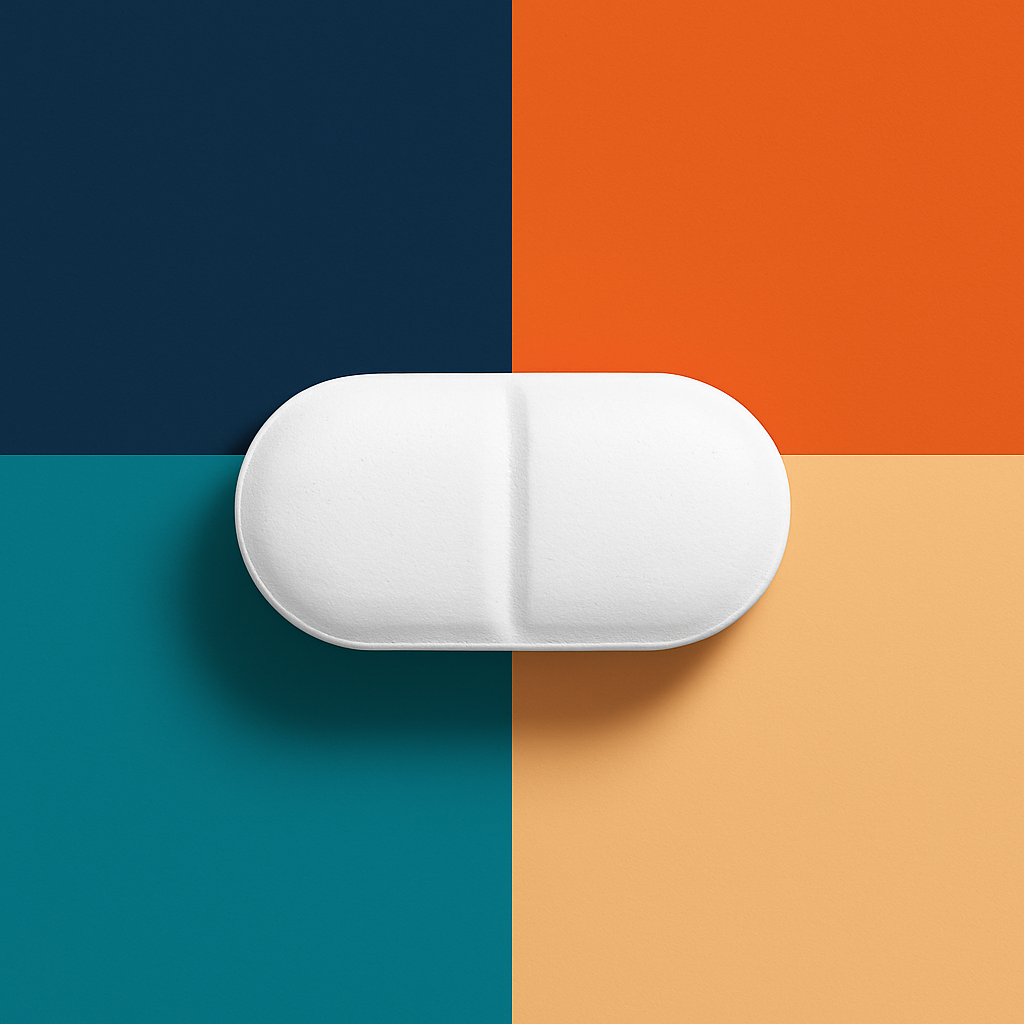


What is amoxicillin?
Amoxicillin is used to treat certain infections caused by bacteria, such as pneumonia; bronchitis (infection of the airway tubes leading to the lungs); and infections of the ears, nose, throat, urinary tract, and skin. It is also used in combination with other medications to eliminate H. pylori, a bacteria that causes ulcers. Amoxicillin is in a class of medications called penicillin-like antibiotics. It works by stopping the growth of bacteria.
Antibiotics such as amoxicillin will not work for colds, flu, and other viral infections. Taking antibiotics when they are not needed increases your risk of getting an infection later that resists antibiotic treatment.
How should this medicine be used?
Amoxicillin comes as a capsule, a tablet, a chewable tablet, and as a suspension (liquid) to take by mouth. It is usually taken every 12 hours (twice a day) or every 8 hours (three times a day). Amoxicillin may be taken with food to prevent stomach upset. The length of your treatment depends on the type of infection that you have. Take amoxicillin at around the same times every day. Follow the directions on your prescription label carefully, and ask your doctor or pharmacist to explain any part you do not understand. Take amoxicillin exactly as directed. Do not take more or less of it or take it more often than prescribed by your doctor.
Shake the suspension well before each use to mix the medication evenly. The suspension may be placed directly on the child's tongue or added to formula, milk, fruit juice, water, ginger ale, or another cold liquid and taken immediately.
If you are taking the chewable tablets, chew these tablets completely before swallowing.
If you are taking the suspension, do not use a household spoon to measure your dose. Use a properly marked measuring device such as a medicine spoon or oral syringe. Ask your doctor or pharmacist if you need help getting or using a measuring device.
You should begin to feel better during the first few days of treatment with amoxicillin. If your symptoms do not improve or get worse, call your doctor.
Take amoxicillin until you finish the prescription, even if you feel better. If you stop taking amoxicillin too soon or skip doses, your infection may not be completely treated and the bacteria may become resistant to antibiotics.
What special precautions should I follow?
Before taking amoxicillin,
What side effects can this medication cause?
Amoxicillin may cause side effects. Tell your doctor if any of these symptoms are severe or do not go away:
Some side effects can be serious. If you experience any of these symptoms, stop taking amoxicillin and call your doctor immediately or get emergency medical treatment:
Amoxicillin may cause other side effects. Call your doctor if you have any unusual problems while taking this medication.
If you experience a serious side effect, you or your doctor may send a report to the Food and Drug Administration's (FDA) MedWatch Adverse Event Reporting program online (https://www.fda.gov/Safety/MedWatch) or by phone (1-800-332-1088).
In case of emergency/overdose
In case of overdose, call the poison control helpline at 1-800-222-1222. Information is also available online at https://www.poisonhelp.org/help. If the victim has collapsed, had a seizure, has trouble breathing, or can't be awakened, immediately call emergency services at 911.
Symptoms of overdose may include the following:
🔗 Reference: https://medlineplus.gov/druginfo/meds/a685001.html